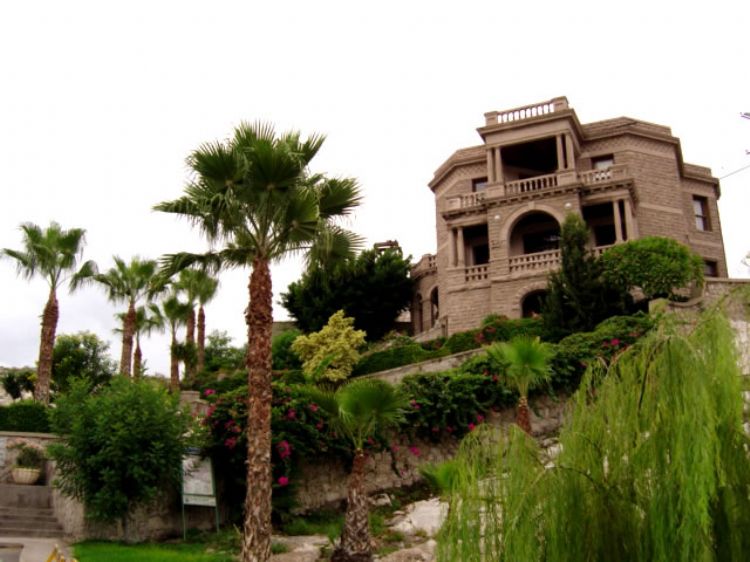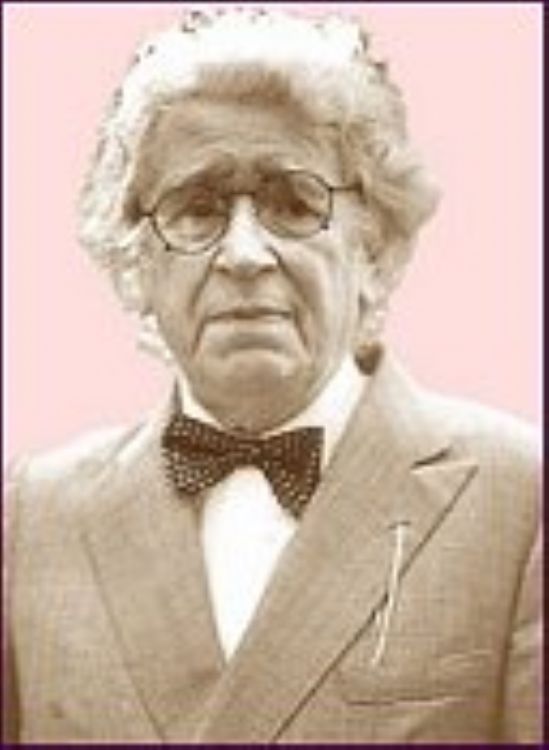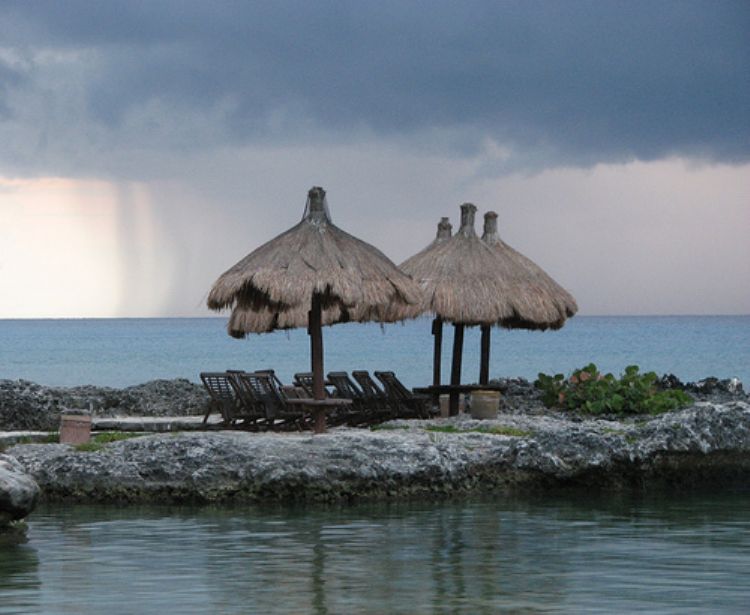
Mexican Cinema is currently composed by a history, values...

Unlike the pre-Hispanic cultures which developed throughout
Mesoamerica, as the Maya or the Aztec, the indigenous groups which inhabited the northern territories of Mexico left no trace of their social, cultural or technological achievements. The arid and dry conditions present across these lands are considered as possible reasons for this lack of evidence of human settlement. The groups that inhabited the region are usually referred to with thederogatory generic name of the Chimichecas, a term usually applied to the savage and violent nomadic tribes the Spaniards found when first traveling along the newly found territories of the Nueva España.
The lack of any pre-Hispanic legacy is compensated by the crucial roles played by the states forming this northern part of the country during the shaping of sovereign and independent Mexico, including the entity of Coahuila de Zaragoza, which, by the time of the conquest, stretched as far north as the U.S. state of Texas.
As the conquistadors headed north with their expeditions, they realized that as further north they traveled, the less traces of indigenous affluent cultures they would find, as well as fewer fertile lands to colonize and eventually inhabit. This is why the northern parts of the nation where invaded and turned into Spanish colonies much later and at a much slower pace than those lands in central and southern Mexico.
The year 1577 brings about the arrival of a group commanded by Alberto de Canto, sent by the Viceroyalty of the province of Nueva Vizcaya, with the mission of founding the current city of Saltillo. It will not be until the year 1598 that the current villa of Parras is established.
The constant attacks to the new colonizing and evangelization colonies, coming from the nomadic tribes, certainly did not help much in the urban development and general progress of the Coahuila territories. This situation changed as the Viceroyalty decided to send military reinforcing garrisons by the end of the XVII century, which eventually protected the incipient settlements as well as those explorers traveling further north into the unknown.
During the ignition of the war for independence in September 1821 through the inciting towards freedom produced by priest Hidalgo in Guanajuato, the capital city for the Coahuila province was Monclova, where a group of 700 volunteers with noexperience organized and joined the insurgent army.
The battles fought between the insurgents and the realists defending the Spanish Crown on Coahuila's soil, occurred during the first year of the struggle for independence, only to be followed by a war of ideas born in the courts of Cadiz in 1811.
This new war of ideas was an ideological confrontation between those defending the creation of a centralist republic as a natural transition after the rule of the Spanish Crown and as such called Centralists, and those who favored the creation of a republic of federations, known as the Federalists.
Coahuila's natural Miguel Ramos Arizpe was the head of the Federalist side, and his ideas regarding freedom of print, the abolition of trading monopolies, the creation of free municipalities and the fair application of law and justice, turned out to have a paramount importance in the shaping of the new republic.
The Plan de Iguala, signed by Agustin de Iturbide on February the 24th 1821, officially proclaimed the end of 300 years of Spanish rule on Mexican soil. The new republic consisted of 19 states and 2 territories. The new state of Coahuila covered the present-day U.S. state of Texas, originally inhabited by Mexicans only, but later joined by North Americans who were authorized to established settlements in this lands while the rest of the Mexican nation was being torn apart by intestine conflicts.
The lack of political experience and the ideological confrontations were traduced into years of chaos and political turmoil which plun-ged the young nation into a series of profound critical situations.
The administration of Antonio Lopez de Santa Anna played a major role in this period, as, eager to find solutions and gain total control, he abolished the Mexican Constitution and transformed the nation into a centralist republic. The federal governor of the state of Coahuila, Agustin Viesca, was imprisoned, and the Texas inhabitants, as they watched how the state's liberties were being lost to the dictator, decided to separate from Mexico in the year 1836. Hearing such news, the Centralist army, led by Santa Anna himself, went to face the Texans. Upon his defeat, the Mexican president had to sign the Velasco treaties, in which he officially acknowledged the separation of Texas. Then, in the year 1845, the new sovereign state decided to join the neighboring nation of the United States of America.
In 1856, the state of Coahuila is annexed to the state of Nuevo Leon. Some years later, in 1863, the French decide to venture into Mexican soil and crown French archduke Maximilian of Habsburg as Emperor of Mexico. By then president Benito Juarez is forced to leave the capital and installs his headquarters in the city of Saltillo, in Coahuila. By February next year, president Juarez ordered governor of Nuevo Leon, Santiago Vidaurri, to be captured for his collaboration with the French forces, and he also decided to separate Coahuila from Nuevo Leon once again.
During the struggle of Benito Juarez and his supporters as he fought to recover the lost nation 20 humble peasants guarded the invaluable, national archive, in the site now known as the Tobacco Cave. Some of them were subject to cruel torture and even death, but they all withstood the pressure and did not relinquish any documents to the imperial French forces.
In 1877, the Mexican nation entered a new period under the rule of general Porfirio Diaz. During the Porfiriato, as the period of 34 years of dictatorship is known, foreign investment and some few favored by him concentrated the nation's wealth, while the general population dived into poverty and social stagnation. By the year 1910, the conditions for the uprising against the dictator were ripe, and as such, Coahuila's natural Francisco Madero incited and called upon the population in the so-called Plan of San Luis. He was joined by also local Venustiano Carranza, who eventually became the state governor by the end of the Mexican Revolution.
The new Mexican president, Francisco Madero, was soon assassinated, while his former revolutionary partner was forced to produce an armed uprising, and in 1914, aided by great leaders like Francisco Pancho Villa and Alvaro Obregon, Carranza became the Chief the Staff of the Mexican republic.
During the following years, municipalities across Coahuila finally accomplishedsome social and economic development, as universities were founded, labor unions were formed, automobile factories were installed, and the dairy industry began to grown along the Lagunera region.

Mexican Cinema is currently composed by a history, values...

Lately, this seems to be the hot topic no matter the soci...

Tortillas are, without a doubt, the crucial element of Me...

Mexico is getting ready for an extraordinary celebration ...

Juan José Arreola is one of the most recognized na...


The Human Genome Project (HGP) was a collaborative progra...